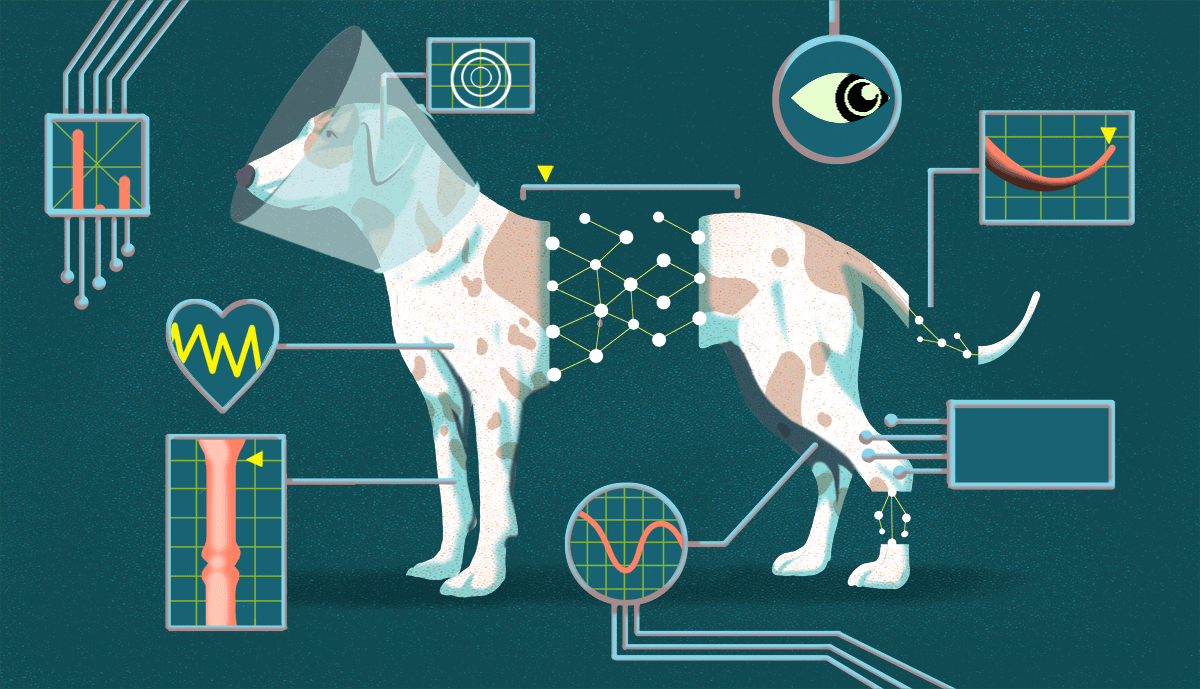AARP Hearing Center


Veterinarian William Tancredi set up shop in his hometown of Chadds Ford, Pennsylvania — inside a former hobby shop where he used to spend his allowance on Matchbox cars and toy trains. Chadds Ford is a long way from technology-rich Silicon Valley, but when OpenAI unveiled its world-changing artificial intelligence (AI) platform ChatGPT in November 2022, Tancredi took notice.
“I found myself reading a bunch of books about it and learning as much as I could,” he says. “There are definitely some applications in veterinary medicine.”
The opportunities for using AI in veterinary care are numerous and diverse, says veterinarian Krystle Reagan, assistant professor at the University of California, Davis, but AI also has potential problems.
Here’s what pet parents need to know about using AI as part of treatment.
AI can assist with difficult diagnoses
Some diagnoses, such as Addison’s, don’t jump out, Reagan says. The disease is often called “the great pretender,” she says, because its vague and fleeting symptoms often mimic those of many other conditions.
Reagan was part of a research project studying whether AI could help veterinarians diagnose Addison’s disease. The team trained an AI model to recognize certain blood work patterns that dogs have with Addison’s, then classify or predict if a dog had the disease.
It worked.
The machine learning model made an accurate Addison’s disease diagnosis about 99 percent of the time, whereas veterinarians and veterinary students made an accurate diagnosis 75 percent of the time.
Reagan notes that most veterinarians can’t deal with datasets like these on the fly, as AI does.
“As veterinarians, we’re … very good at problem-solving. But when datasets get too large, our brains have some limitations,” she says. “We cannot crunch all those numbers at the same time. Computers can.”
AI has helped veterinarians identify many other hard-to-diagnose diseases in pets. In 2020, animal health company Zoetis launched a cloud-based AI platform called Vetscan Imagyst, which uses image recognition technology and AI to remotely analyze blood, skin, urine, feces and more to help veterinarians spot anomalies that could signal anything from intestinal parasites to cancer. Other platforms use similar technology to analyze X-rays and ultrasounds for signs of respiratory infections, heart disease and more, Reagan says.





































































You Might Also Like
How to Help Pets Through Grief
Here are practical tips to assist your furry friends while they’re depressed
The Ultimate Guide to Dog Food
Should you feed your dog human food? What foods are toxic? Experts weigh in on your most pressing dog nutrition questions
Gladness Gurus Share Top Tips for Finding Happiness
These strategies can make every day more fun, festive and fulfilling
Recommended for You